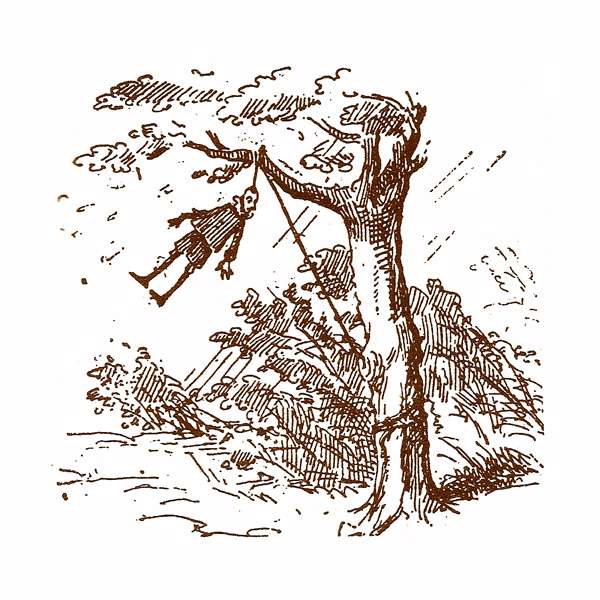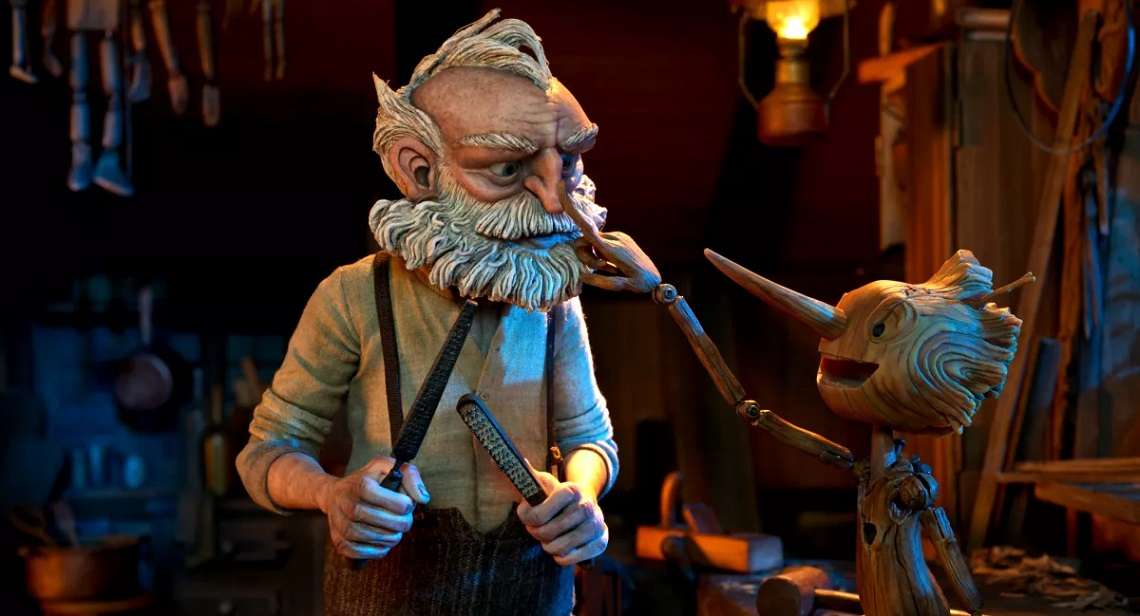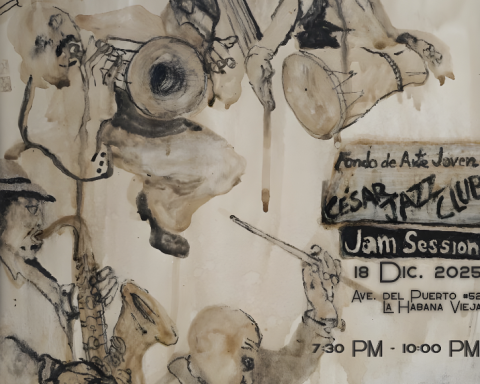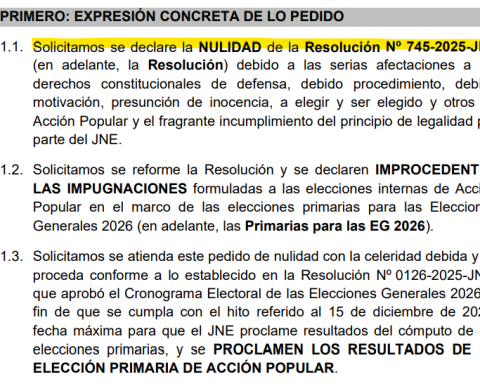The end of 2022 was marked by the cinematographic return of a literary character who, also thanks to the cinema, has been with us since childhood. He is part of our memory. When we denied knowledge at school, we are threatened with certain passages that pertain to Pinocchio.
The popular voice has taken over its symbolism. His nose has received various interpretations. One of the most widespread is the one that refers directly to the propensity to lie that, in order to avoid certain consequences, we human beings have. The nose and the cricket, two powerful symbols of history.
Pinocchio is still that funny wooden doll, but he has also been the puppet that fights to fulfill the wish of another; that of his creator in this case. Everything he does and lives seems to have in itself the purpose of conquering the happiness of others. His father, Geppetto, deserves it. But, in principle, without that desire of the father, would he have wanted to be a real child?
Pinocchio could personify anyone who, given his high sense of gratitude, is capable of forgetting himself to go through a life that seeks to satisfy who he believes he owes his reality or existence to.
Times change and the story undergoes transformations that at the same time connect it with its origins. Children’s stories have been “cleaned up” over time. Children used to receive the truth in a perhaps more direct and sordid way.
They say that the original Pinocchio devised by the Italian Carlo Collodi (pseudonym of the journalist and writer Carlo Lorenzini) was not as affectionate as we know him, but because of his behavior he seemed ungrateful, given to the missteps of ignorance, prone to mockery . That is why he ends up hanged from a tree.
Later, at the invitation to continue the narration that had been published in a newspaper on better paths, the funny character we know today emerged. Of Story of a Burattino (story of a puppet) the classic emerged: The adventure of Pinocchio (the adventures of pinocchio).
For the idea that we have both of the story and of the character, the cinematographic recreation has been fundamental and, especially, the appropriation produced by Walt Disney in 1940. It was an adaptation by Aurelius Battaglia, William Cottrell, Otto Englander, Erdman Penner, Joseph Sabo , Ted Sears, and Webb Smith.
In the film, corresponding to the initial years of World War II, one night, after Geppetto had fallen asleep with the wish that his latest creation would come to life, the Blue Fairy appears. He will fulfill the wish of the kind and self-sacrificing sleeping man.
To the doll, in front of a cricket that by chance will become his conscience, he says: “Whether Geppetto is happy will depend only on you. Prove that you are good, sincere and generous and you will become a real boy.
What a responsibility he has left this piece of wood! From that moment you must discern between good and evil if you want happiness for the person who has given you existence.
Disney updated the story last year thanks to the version of Robert Lee Zemeckis, director of the classic Back to the Future. We have Tom Hanks as the carpenter and Cynthia Erivo as the Blue Fairy.
The Fairy, played by a black actress, arrives with similar principles, and when Pinocchio asks if he will make him a real boy, he repeats that making Geppetto’s wish for a real boy come true will be up to him. And he tells her: “You have to prove that you are brave, sincere and generous.”
In another version, also from last year, things changed considerably. It is that of Guillermo del Toro (The Pan’s Labyrinth). After ten long years (time that can be appreciated in the fantastic animated production in stop motion) we find a variation that somehow seems to connect the story with Collodi’s original intentions.
At first Collodi imagined a speaking branch; now del Toro has drawn the character from a tree grown on the grave of a child victim of war, particularly fascism. Fascism presents it to us with its slogans, its system of indoctrination of the youth and through its founder, Benito Musollini.
“…it seems to me –says del Toro—that disobedience is the true virtue. And I wanted to talk about that, about how you can be loved without being wanted to be transformed, loved or left behind. It is not a fable in which Pinocchio obeys and is transformed, but a story in which Pinocchio disobeys and the world is transformed.
This time the Fairy, who is truly “a guardian of small and forgotten things, of lost things” and who is reminiscent of the faun in del Toro’s famous film, speaks to the cricket, whose house had been in the felled tree and then in the heart of the doll.

The tree had been planted by the carpenter with a seed selected by his dead son. He planted it in the midst of pain and cut it down, again clouded by the fury caused by the memory of his dead son. He intends to carve the wood and thus recover his son.
When the puppet is ready, the cricket suddenly finds itself facing a responsibility it had not anticipated. He, who is only assumed to be a “writer willing to write his memoirs”, must guide Pinocchio and make him “good”. If he achieves the task, a wish will be materialized.
In this way, the cricket, which is consciousness, will be seen at the end of the story with the commitment to choose. It is his decision that tells us that times are not the same. I think del Toro wants to emphasize it. And I say no more; I’ve said enough.
Since the Italian writer published the fable at the end of 1881 in the Florentine weekly Giornale per i bambini (newspaper for children), the story of the puppet is reborn with each performance. Now, it comes again when times demand that we move away from superficialities, at a time in which children will have the possibility of conquering a different world from the one their ancestors continue to cling to.
It is also the fable that speaks of the power of memory; because, in addition to being consciousness, the cricket writes. The story that will be read in the future will depend on his hands, his talent and ability.

















